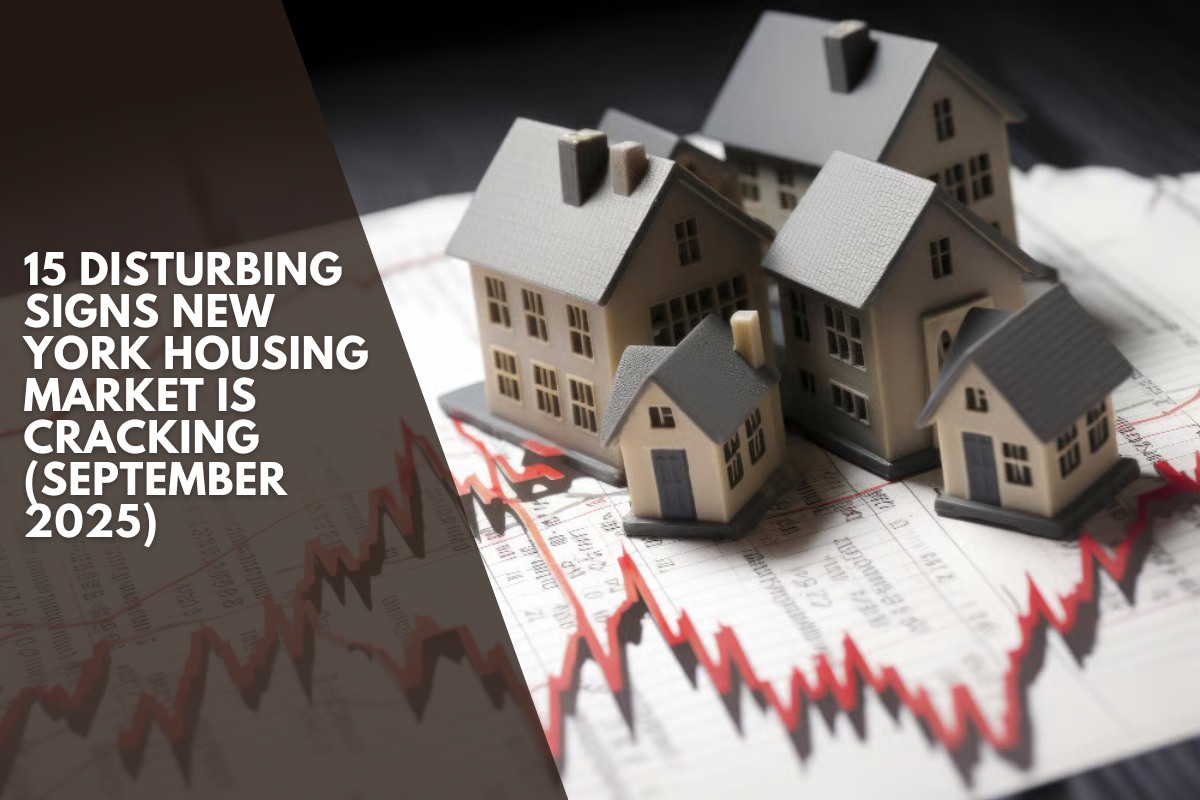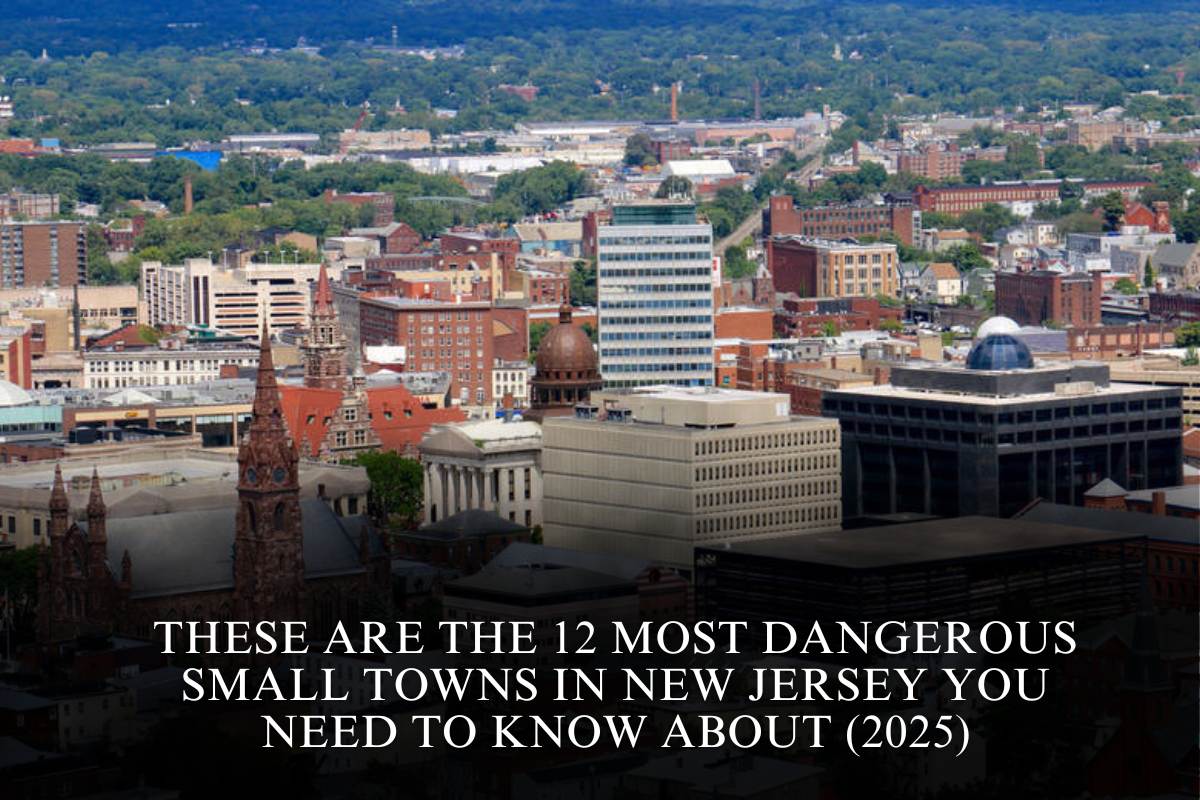In September 2025, the New York housing market is showing signs of serious strain. These disturbing indicators come from Manhattan, Queens, Brooklyn, and greater metro areas, reflecting broader problems in home buying, rental demand, and new development.
Contract Cancellations on the Rise
New York City has seen nearly 15% of home purchase contracts fall through, the largest rate since records started in 2017. Buyers are abandoning deals, deterring sellers and fueling uncertainty in Manhattan and Brooklyn neighborhoods where margins matter most.
Declining Contract Signings
Manhattan’s real estate market has endured its sixth straight month of falling contract signings, with numbers down about 10% just since July—affecting properties from Midtown to Chelsea. This persistent drop, also seen in parts of Queens, signals buyer hesitation and market fatigue.
Surging Housing Inventory
Active listings in Manhattan sat at around 5,661, marking a steep 13% monthly decline and lingering 2% below last year. This glut of unsold properties, also evident in Brooklyn and outer boroughs, raises red flags. Buyers are now spoiled for choice, driving sellers to cut prices.
Hefty Seller Concessions
Sellers are increasingly forced into concessions, such as covering buyers’ closing costs, offering mortgage rate buy-downs, or lowering their asking price by tens of thousands. This is happening everywhere from Upper East Side co-ops to family homes in Queens, eroding neighborhood price stability.
Downward Price Adjustments
Average home prices in the New York-Newark-Jersey City metro area peaked mid-2025 but have started to shrink by about 3.4%, with approximately 5.5% of homes seeing reductions. Manhattan’s luxury condo market and Brooklyn’s starter homes are both feeling the squeeze.
Foreclosure Numbers Climbing
Across New York City, a rising number of families are confronting foreclosure as affordability rates plummet. This is most visible in the Bronx and outer boroughs where incomes lag but mortgage terms remain rigid, leading to painful losses.
Stagnant Buyer Demand
Despite a flood of new listings, buyer enthusiasm remains flat. In neighborhoods like Astoria, Central Harlem, and Downtown Brooklyn, buyers aren’t biting, bucking trends from the last decade’s housing booms. Median list prices are now holding steady, signaling buyer apprehension.
Affordability Crisis
Affordability is at its worst level in forty years across New York, with median asking prices in Manhattan above $1.1 million and monthly payments often exceeding local incomes. Buyers in Queens, Brooklyn, and Long Island are more likely to seek homes outside the city limits.
Rising Debt-to-Income Ratios
Landlords and property managers report tenants now have debt-to-income ratios between 45%-50%, a jump from previous caps of 30%. Renters in Brooklyn, Queens, and the Bronx face high odds of being rejected or overextended, straining family budgets.
Inventory of New Apartments Surging
Greater New York is set to add around 35,000 new apartment units in 2025. While this increases options for renters in Brooklyn, Queens, and Jersey City, it risks saturating the market and reducing rent growth, particularly in newly built towers and luxury complexes.
Buyer Power Shift
After years of sellers dictating terms, buyers now expect—and receive—major concessions. Covering closing costs or negotiating price reductions has become standard in Brooklyn brownstones and Manhattan condos, changing the market’s financial dynamics.
Land Sales Slumping
Developers across metro New York have cut back on land purchases, especially in Queens and suburbia. Falling sales and diminishing profits mean less new construction, setting the stage for inventory stagnation and delayed neighborhood renewal.
Political Uncertainty Impacting Buyer Confidence
Shifts in city politics, like surprising primary wins in Manhattan and Queens, combined with ongoing uncertainty over mortgage rates, are causing would-be buyers to pause their decisions—sometimes for months—dampening market activity.
International Currency Effects
A weakened dollar means properties in Manhattan and Brooklyn are effectively discounted for European buyers. While this sounds positive, it suggests cracks in domestic demand and raises concerns about long-term value stability.
Flat Rents Amid Growing Supply
Despite swelling inventory, rents are flat in many parts of Manhattan, Brooklyn, and Queens, reflecting a cooling market. Even as new luxury developments open their doors, fewer renters can afford premium units, leading to higher vacancy rates.
These 15 disturbing signals point to a housing market under strain across New York City and its surroundings. From contract failures and stubborn inventories to affordability crises and slumping land sales, locally and nationally, the resilience of New York real estate is being tested in September 2025.
Sources
(https://www.forbes.com/advisor/mortgages/real-estate/housing-market-predictions/)
(https://www.elegran.com/blog/Elegran-Manhattan-Market-Update–September-2025)
(https://www.reddit.com/r/REBubble/comments/1hqkvlh/the_housing_market_is_heading_into_2025_with_a/)
(https://www.youtube.com/watch?v=YIj2OXuQXV8)
(https://finance.yahoo.com/news/m-real-estate-agent-6-125934975.html)







